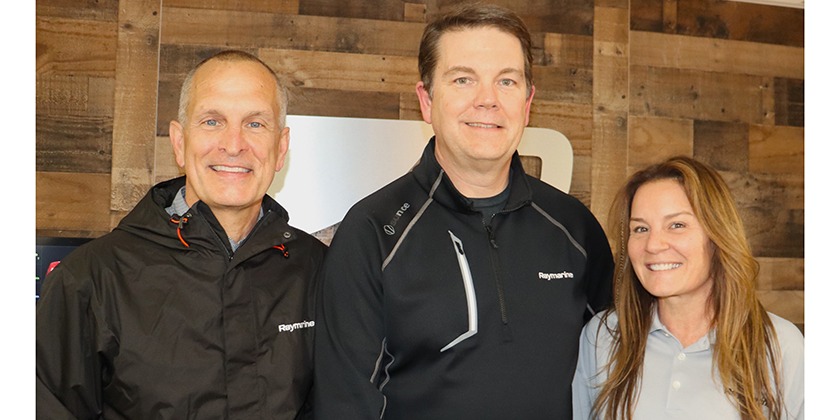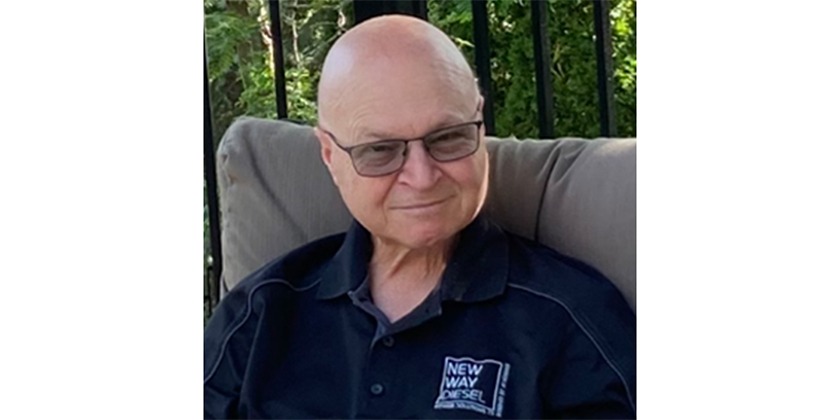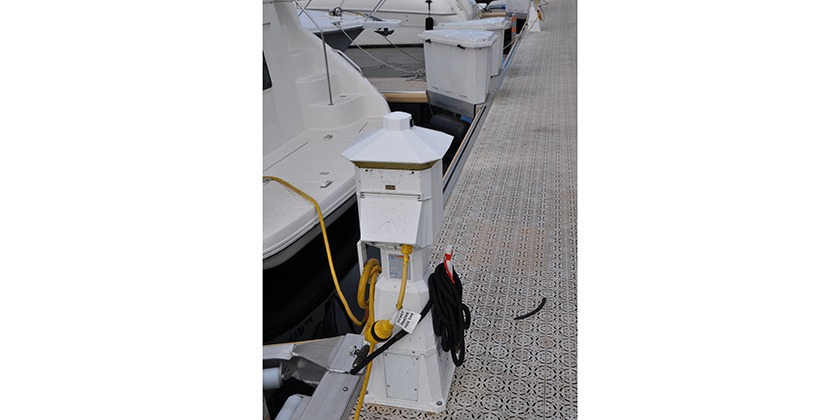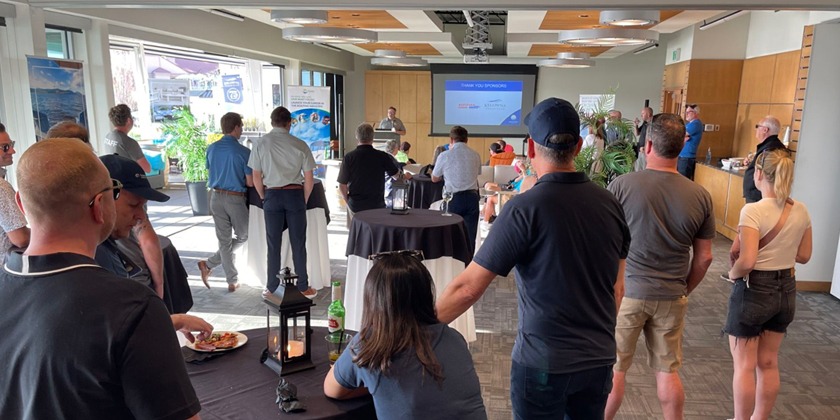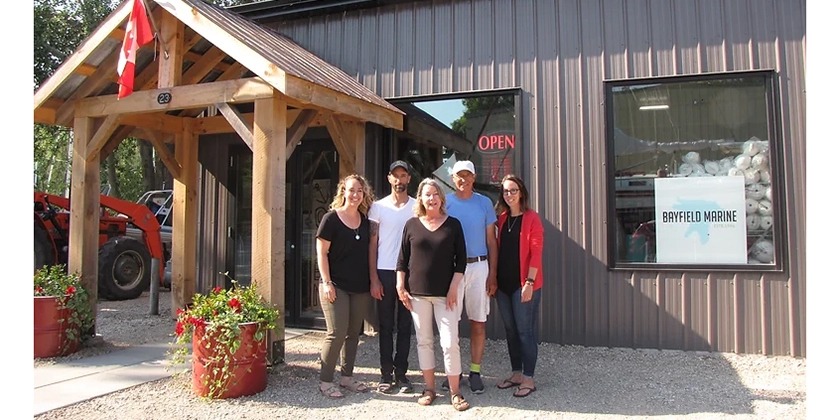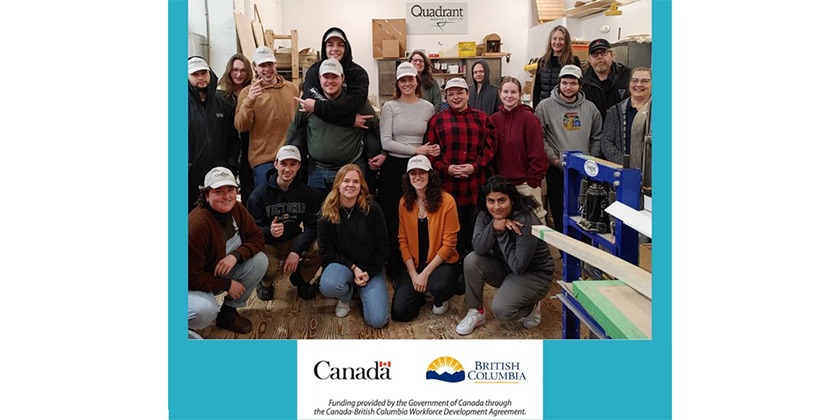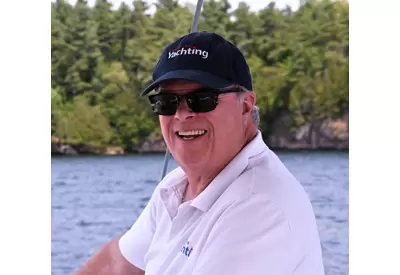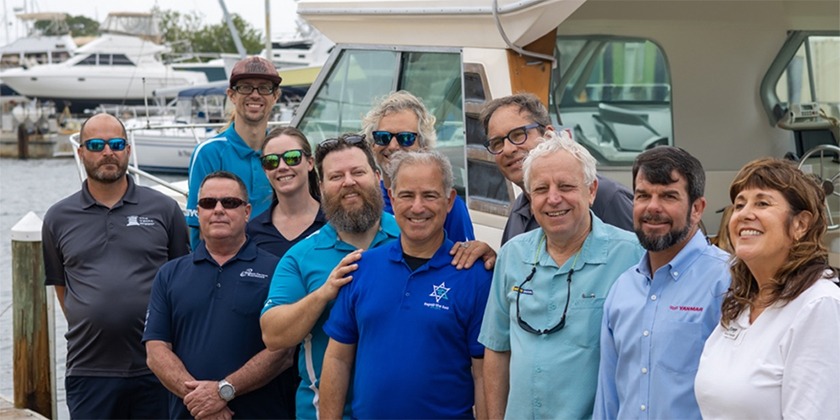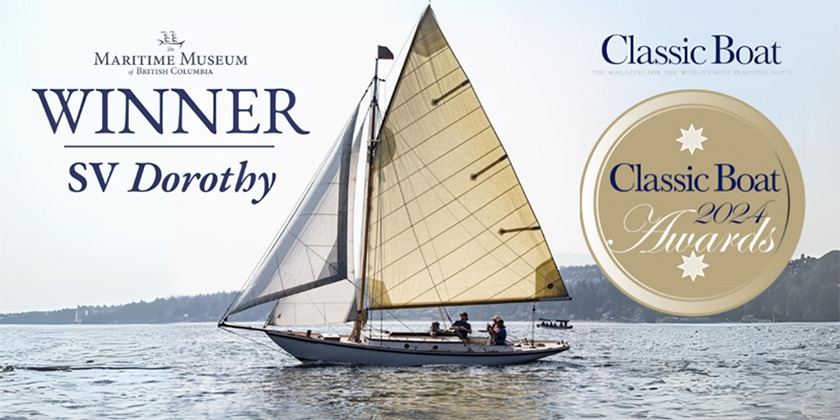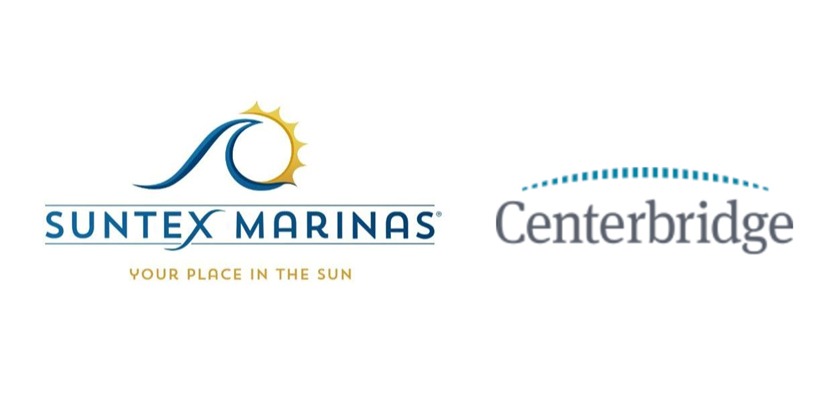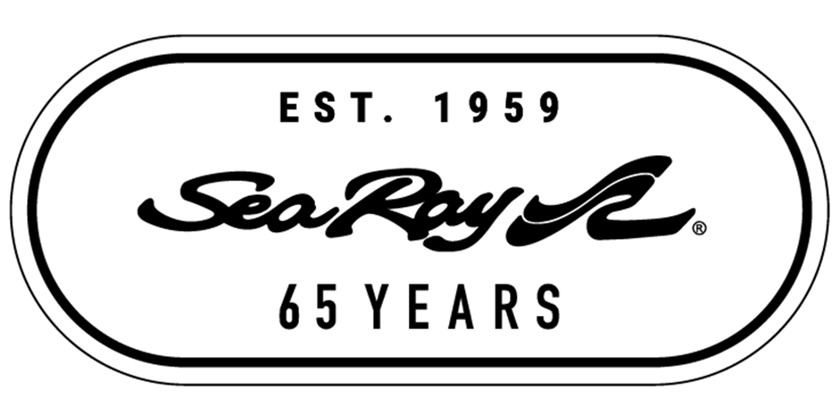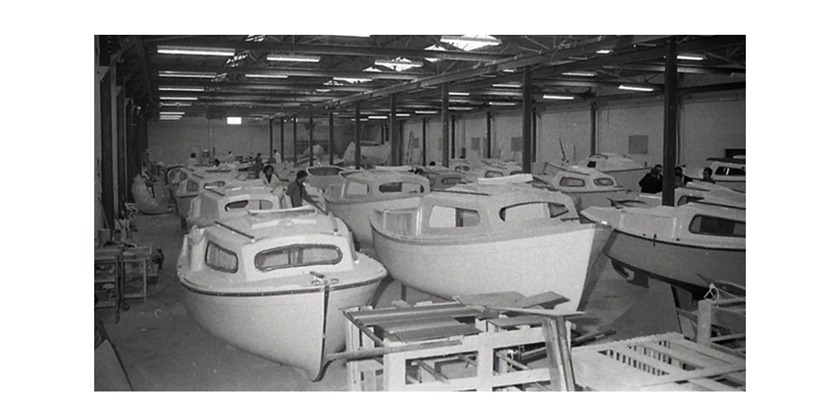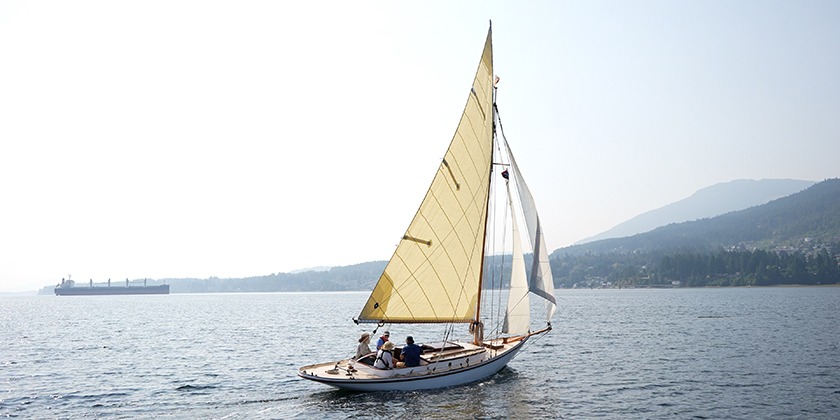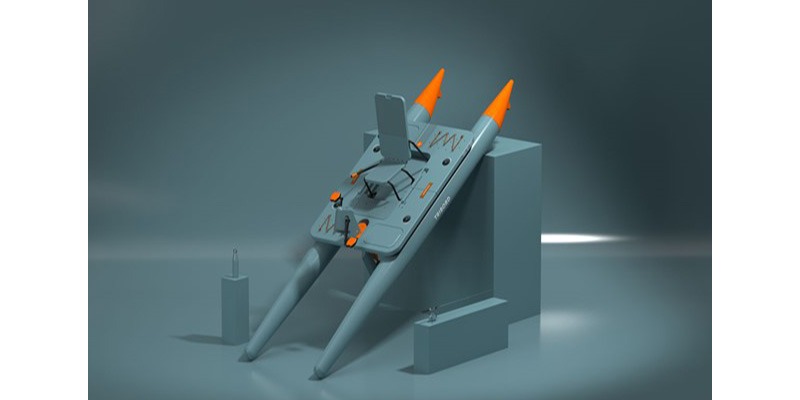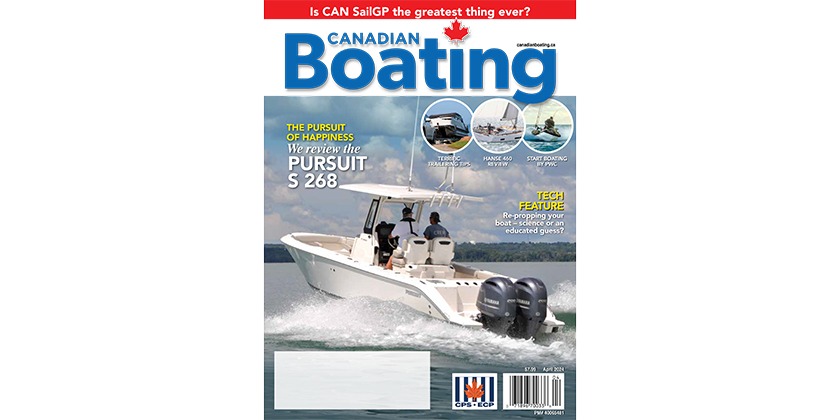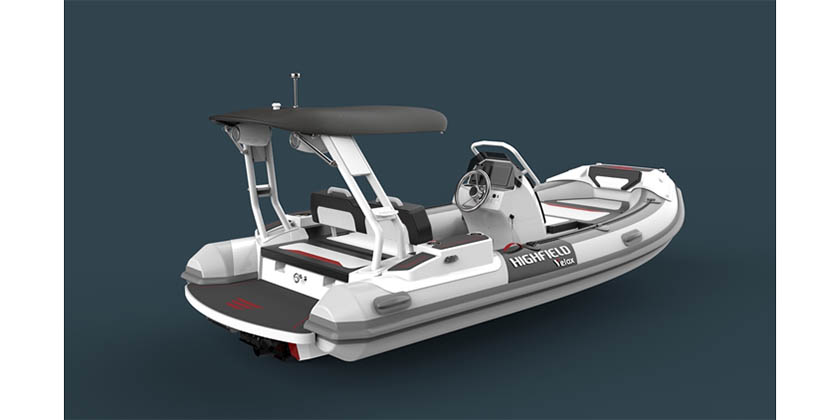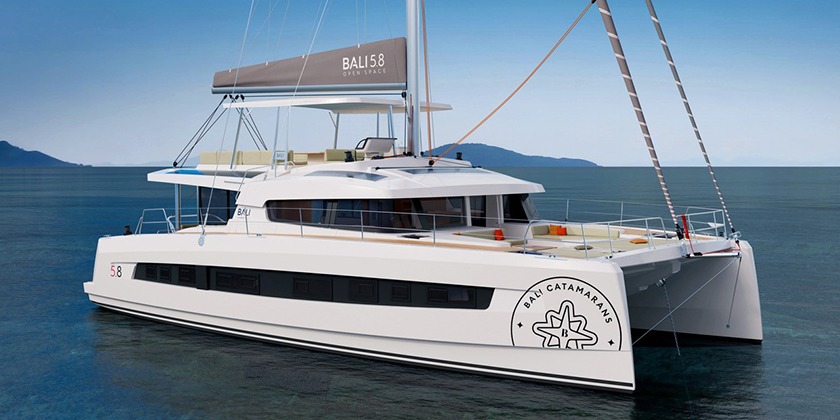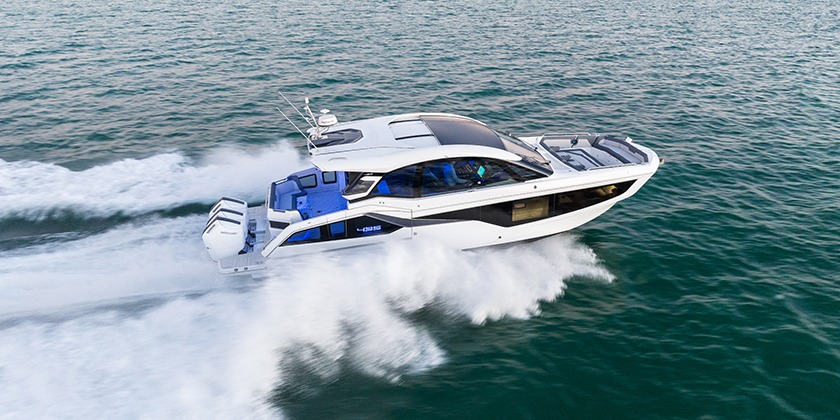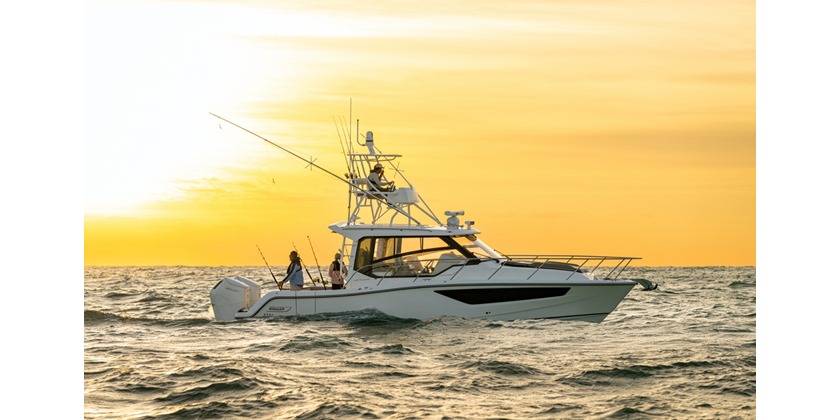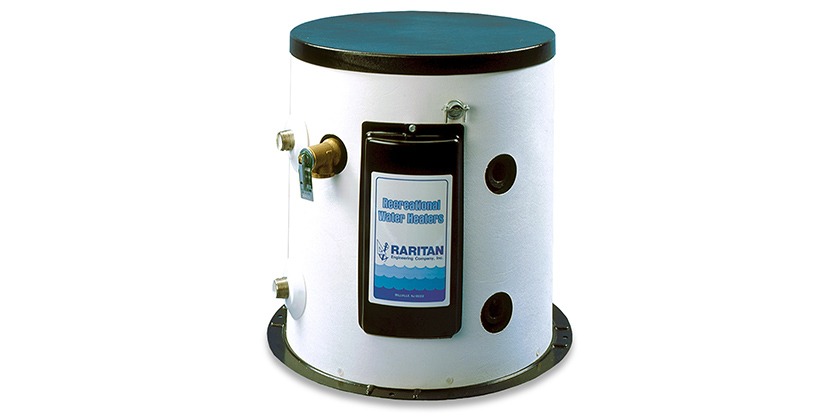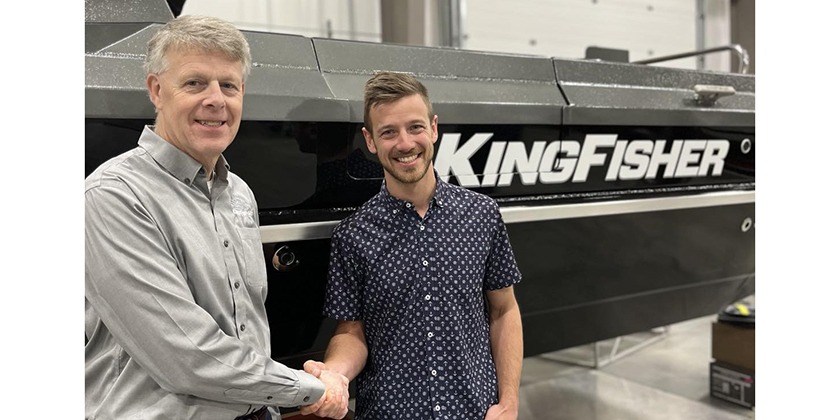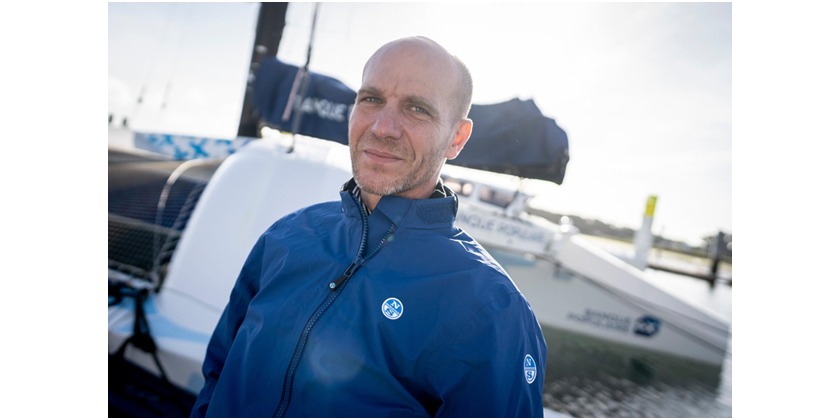STREAMLINED: FROM HULL TO HOME
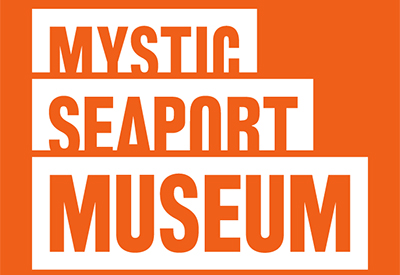
Apr 16, 2019
Mystic Seaport Museum explores the maritime origins of streamlined design and its journey from naval architecture and engineering into our everyday vocabulary in a new exhibition, Streamlined: From Hull to Home, which will open June 15, 2019.
Streamlining in design refers to a style applied to manufactured objects in the 1930s and 40s. Designers and manufacturers were eager to increase depression-era sales by harnessing the era’s enthusiasm for speed. Rounded forms, shiny chromed surfaces, low, horizontal shapes enhanced by parallel lines were used to suggest speed and infuse static objects like toasters, cameras, and even butter dishes, with a sense of modernity and movement.
Streamlined objects make obvious references to speeding trains and airplanes, but the origin of all advances in speed, and the creation of the shapes that allowed them, came from boats. The scientific study of wind and water resistance was developed for naval architecture and perfected there before migrating to aeronautics and automobile design. Fast car and airplane engines were developed and tested by marine engineers. Ideas and technologies advanced through boating quickly migrated to all other forms of transportation, allowing them to mature and eventually eclipse boats as our main method of fast transportation.
“There have been scores of museum exhibitions about Streamlining as a design style and they have all made the connection from the visual references to speed in things like radios and desk fans to airplanes, which were the best evidence of 1930s advances in speed,” says exhibition curator Matthew Bird, who teaches design and design history at Rhode Island School of Design. “But all have ignored the true origins of streamlining, which was being investigated and perfected in boat design long before it migrated to other forms of travel. Early passenger airplanes were called ‘flying boats’ for a reason; aeronautic engineers used hull designs, pontoons, and construction methods that were perfected by naval engineers. This exhibition shows the progression from boat to airplane to toaster, and tells the complete story in a way that hasn’t happened before.”
Streamlined: From Hull to Home features objects, photographs, print advertisements, and video content that illustrate the progression of streamlining from shipyard to modern day office lingo. Eight boats from the Museum’s collection demonstrate how streamlining developed as a marine practice. A highlight is the 1904 Elco auto launch Panhard I, a 31-foot motorboat whose round, pod-like hull form defies its age and provides a clear vison of the modern shapes to come. Multiple photographs from the Museum’s Rosenfeld Collection celebrate the early development of speedboats, and elaborate the advances in hull design that allowed dramatic increases in speed. Boat models and movies help explain how speedboats worked, and why the world became so excited about them. Thirty outboard motors illustrate the arrival of stylistic streamlining and its development into today’s everyday manufacturing, which can be seen through a collection of familiar manufactured objects that show the development of streamlining as a design and manufacturing practice.
Mystic Seaport Museum tells this story with a fresh perspective that is made possible by utilizing its vast maritime collections. The result is an engaging and visually exciting exhibition that will appeal to both design enthusiasts and the layperson.
Streamlined: From Hull to Home runs June 15-August 25, 2019, in the Collins Gallery of the Museum’s Thompson Exhibition Building.
The exhibition will be featured on the Museum’s website, as well as on Facebook, Twitter, and Instagram using the hashtag #MSMStreamlined
Visit: https://www.mysticseaport.org

